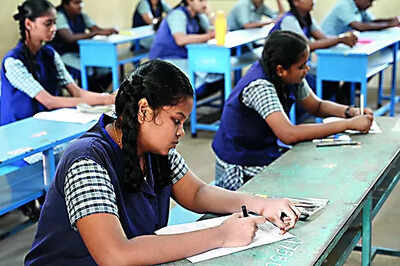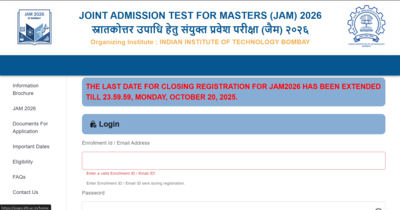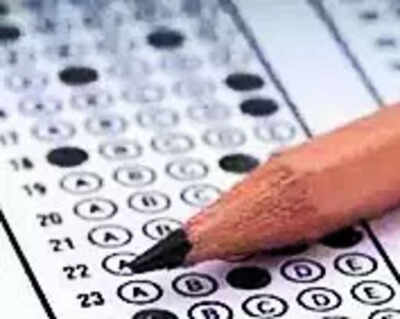70% of NIOS students fail 10th grade: Is Delhi’s lifeline turning into a conveyor belt for failure?

Delhi’s ambitious NIOS Project, launched to rescue students failing in 9th and 10th grades, is facing an unprecedented failure itself. According to data obtained through a Right to Information (RTI) application filed by PTI, nearly 70% of students registered under the scheme have failed their 10th-grade examinations over the past four years. What was meant to be a safety net for academically weak students has instead turned into a system that struggles to deliver even minimal results.The project was conceived to curb rising dropout rates and provide a second chance for students lagging behind. Under the scheme, these students are enrolled with the National Institute of Open Schooling (NIOS) and attend separate classes intended to address their academic gaps. Yet, despite the government’s investment and intentions, the pass rates remain alarmingly low.
Numbers expose the crisis
In 2024, out of 7,794 students registered for the 10th-grade under the NIOS Project, only 2,842 cleared the exam, marking a pass rate of just 37%. The failure trend is persistent and systemic:
- 2017: 8,563 enrolled, 3,748 passed
- 2018: 18,344 enrolled, 12,096 passed
- 2019: 18,624 enrolled, 17,737 passed
- 2020: 15,061 enrolled, 14,995 passed
- 2021: 11,322 enrolled, 2,760 passed
- 2022: 10,598 enrolled, 3,480 passed
- 2023: 29,436 enrolled, 7,658 passed
The last four years show only 30% of students under the project managing to pass, highlighting deep structural weaknesses rather than isolated instances of underperformance.
Systemic weaknesses and segregation
Educators involved with the programme point to a major flaw: The absence of effective classroom engagement. “Students enrolled under NIOS do not experience the same school environment as other children. Teachers rarely hold dedicated classes for academically weaker students, and parents are often unaware of attendance or progress,” a teacher told PTI, requesting anonymity.Another critical factor is principal-driven segregation. Schools, under pressure to report higher mainstream pass rates, often enrol weaker students into NIOS. This isolates struggling students from peers, effectively converting the program into a parallel track for failure rather than a remedial lifeline.
Financial hurdles add to the strain
The project’s fee structure compounds the problem. Examination fees are ₹500 per subject, with additional charges for practical-based subjects. Registration fees for five subjects cost ₹500, with extra charges for each additional subject and for credit transfers. For economically disadvantaged families, these costs further reduce students’ ability to fully engage with the program.
Human consequences of repeated failure
The repercussions are stark. Students face repeated failure, eroded self-confidence, and a heightened risk of dropping out. Teachers warn that the current model may be doing more harm than good, creating a generation of students disengaged from formal education rather than preparing them for it.
Policy implications : Reform or repeat failure
The NIOS Project’s persistent low pass rates highlight the urgent need for structural reform. Without teacher accountability, parental engagement, and meaningful classroom interaction, the initiative risks continuing its trajectory as a failed safety net. As policymakers examine the data, one question dominates: Can a system designed to save students succeed without overhauling the very mechanisms meant to support them?(With inputs from PTI)





